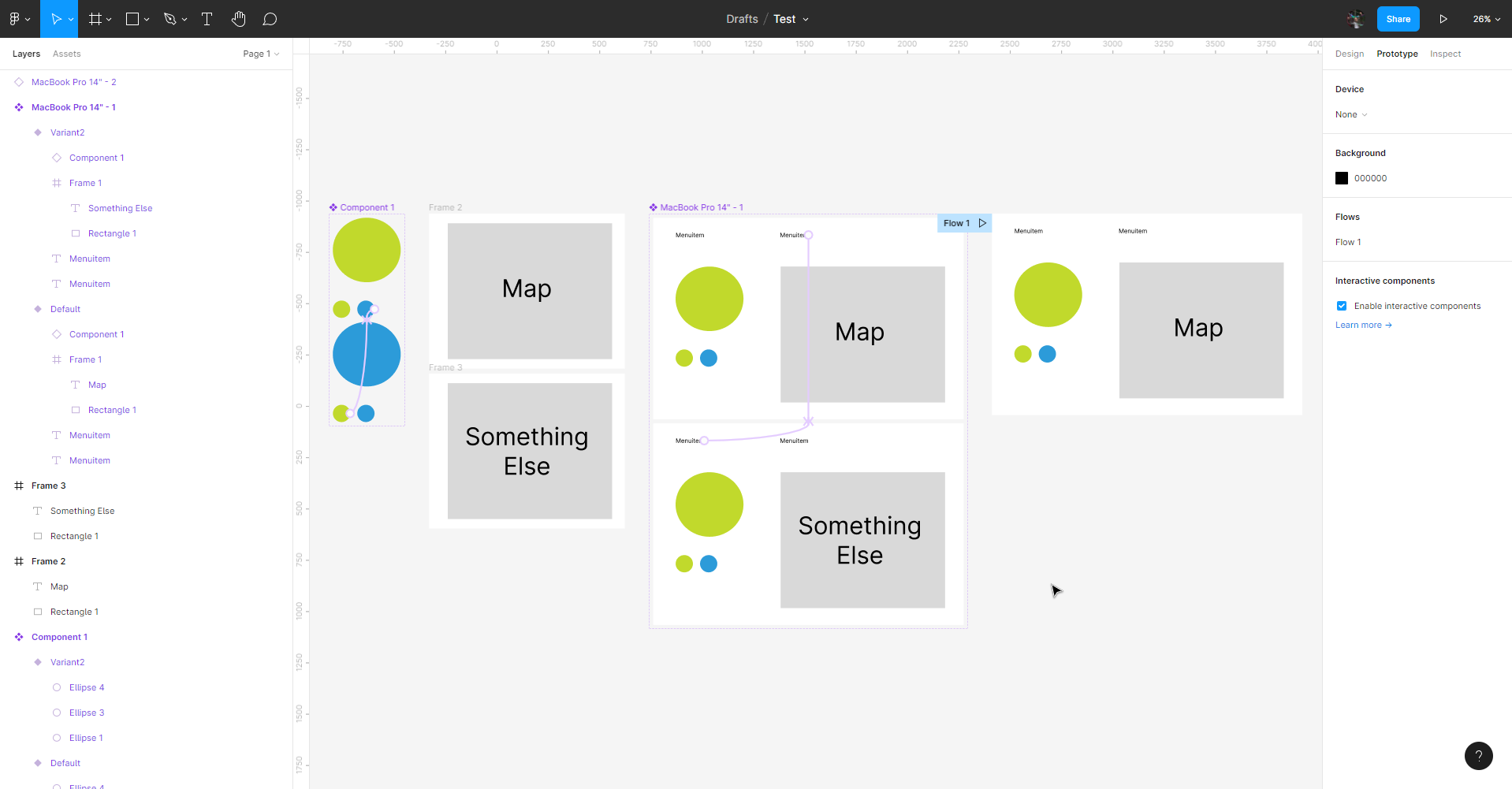Hey i am trying to make multiple instances of a component change on all frames when interacting with one of the instances. Haven’t been able to find much help on this topic myself so giving it a shot here.
Enter your E-mail address. We'll send you an e-mail with instructions to reset your password.



